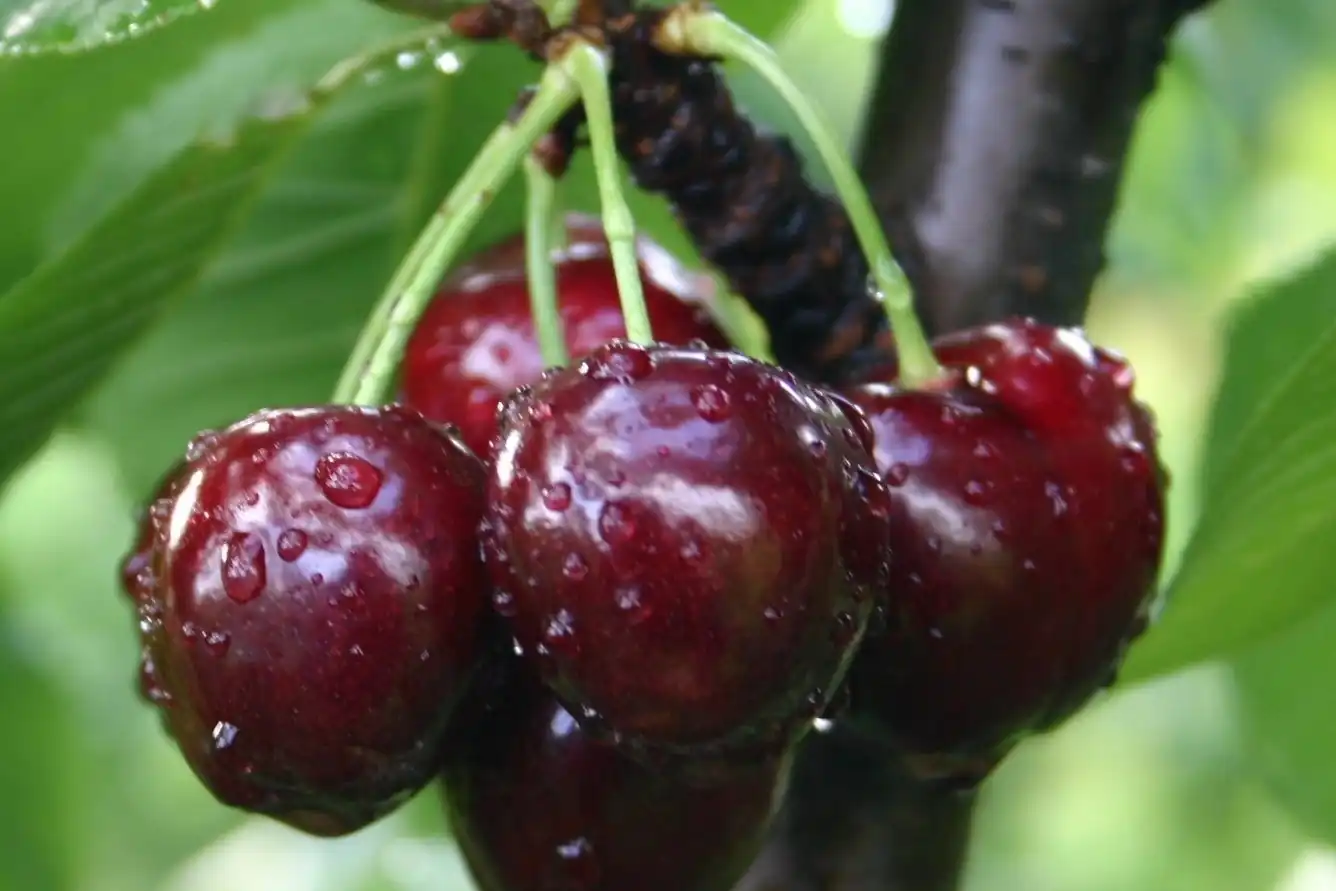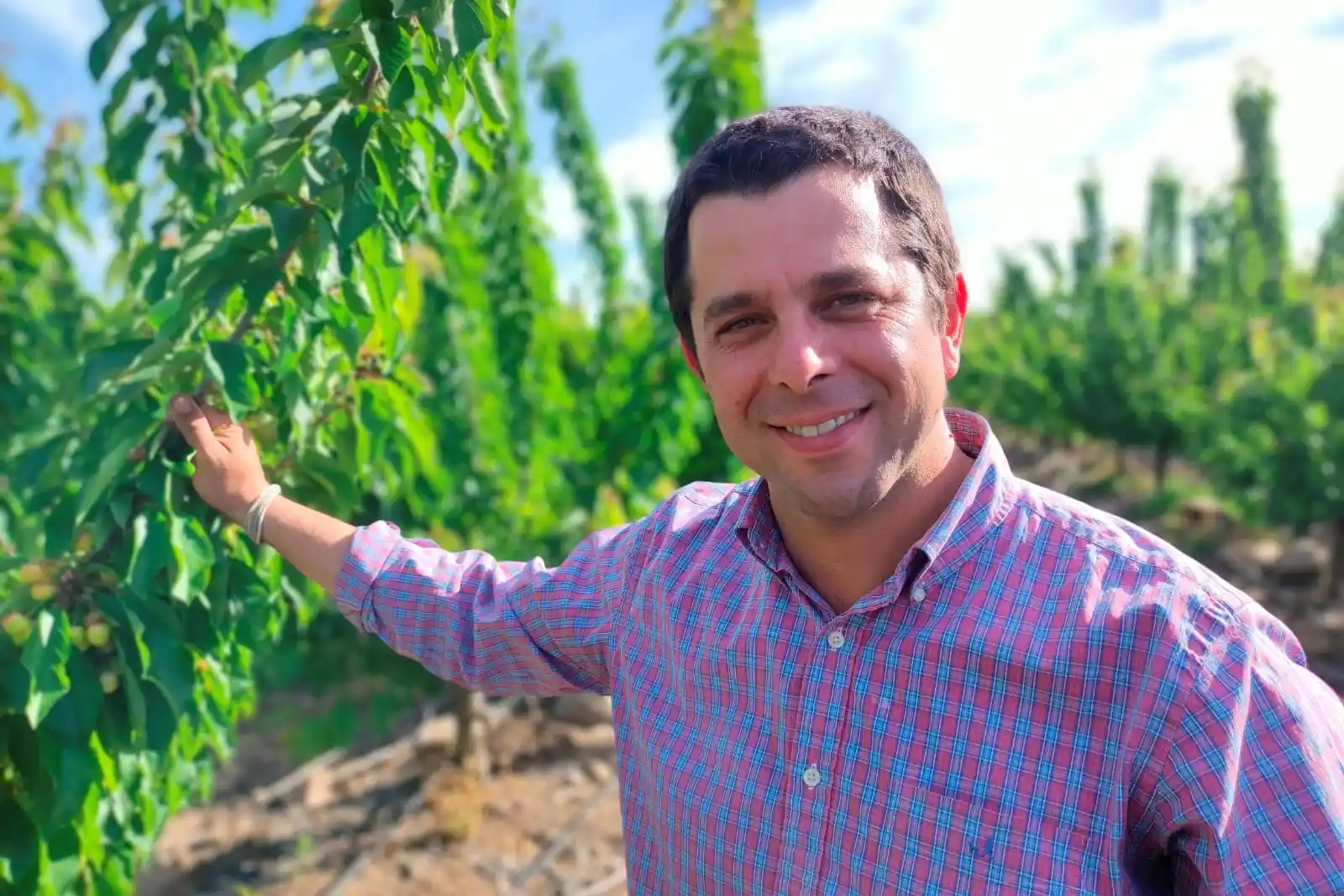There are over 35 known virus and virus-like diseases of sweet cherry (Prunus avium), some with potential to cause severe economic impact by reducing vegetative growth, vigor, or fruit quality. Oregon is the second-ranked state for sweet cherry production in the United States.
Statewide surveys were conducted in Oregon sweet cherry orchards for virus and virus-like diversity and distribution. Orchards in key production regions with suspected virus disease symptoms were sampled.
Virus-specific enzyme-linked immunosorbent assay, isothermal amplification, or quantitative real-time PCR were used to test for the presence of common or economically important sweet cherry pathogens, including cherry leaf roll virus (CLRV), little cherry virus 2 (LChV2), prune dwarf virus (PDV), prunus necrotic ringspot virus (PNRSV), tomato ringspot virus (ToRSV), and ‘Candidatus Phytoplasma pruni’.
CLRV, a new virus of sweet cherry in Oregon, was found associated with enation and dieback symptoms in The Dalles. Some viruses were found in new regions, which included Hood River (PDV, PNRSV, and ToRSV) and the Umpqua Valley (PDV and PNRSV).
A subsequent survey was conducted in the Mid-Columbia production region for the presence of little cherry symptoms associated with little cherry and X-Diseases. All symptomatic samples from The Dalles and Mosier, OR, or Dallesport, WA, tested positive for ‘Ca. P. pruni’ but not LChV2. These findings provide a foundation for the current understanding and management of virus and virus-like diseases of sweet cherry in Oregon and context for further studies into these pathogens and their vectors.
Source: Diagnostic and Historical Surveys of Sweet Cherry (Prunus avium) Virus and Virus-Like Diseases in Oregon, Plant Disease 2023 107:3, 633-643, https://doi.org/10.1094/PDIS-02-21-0327-SR.
Image: OSU
Lauri A. Reinhold and Jay W. Pscheidt
Department of Botany and Plant Pathology, Oregon State University
Cherry Times - All rights reserved












